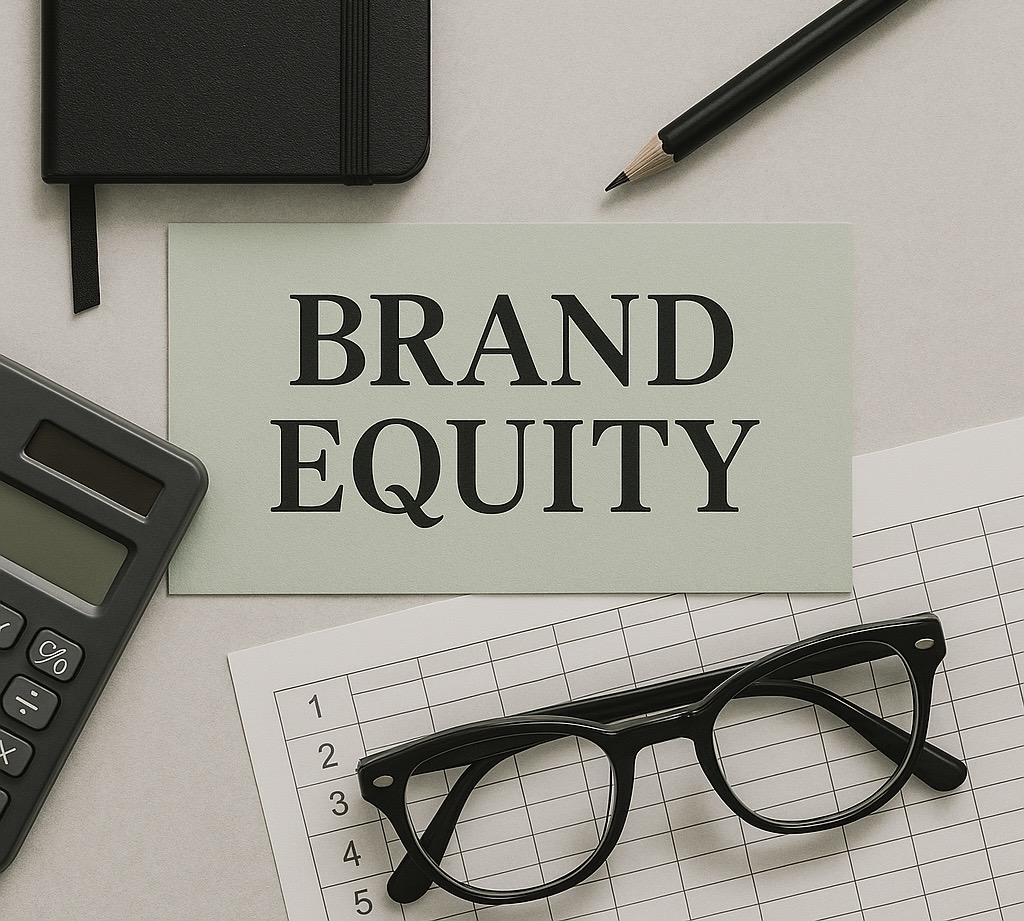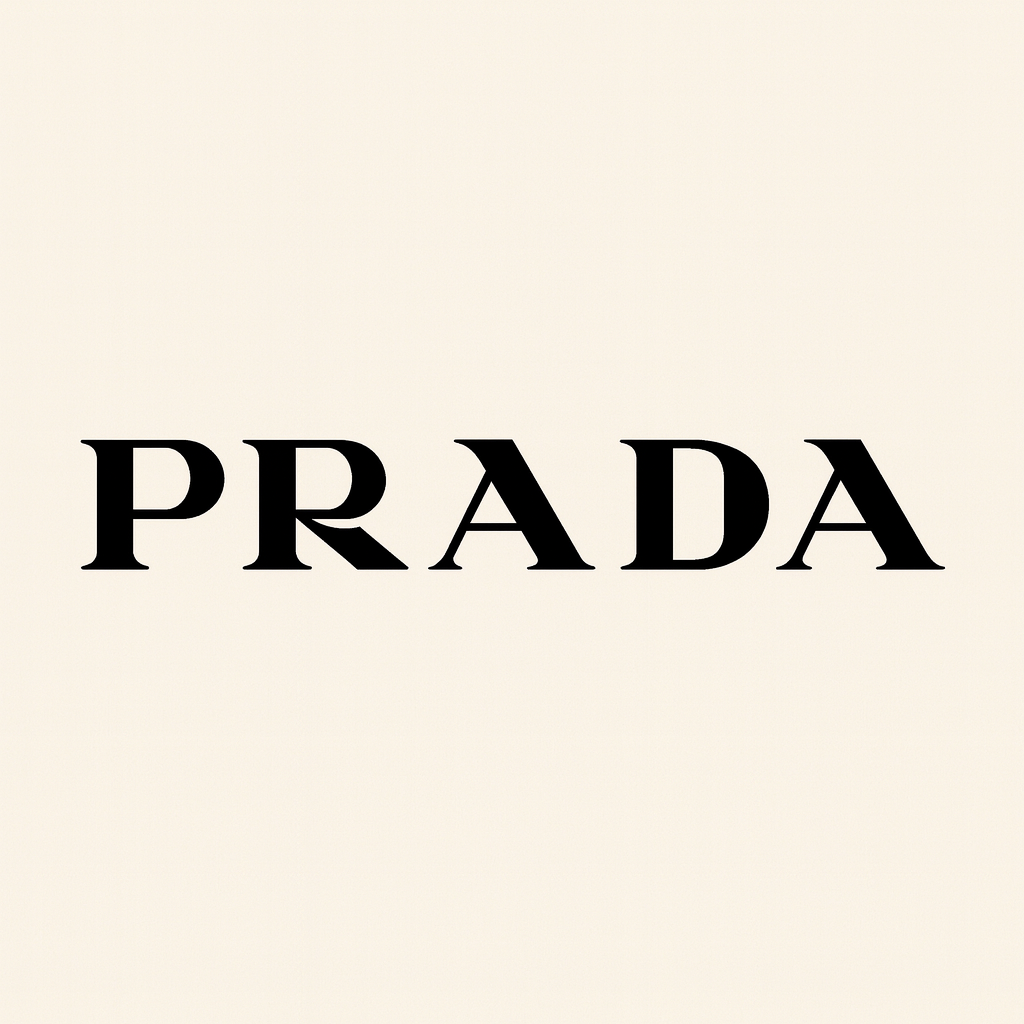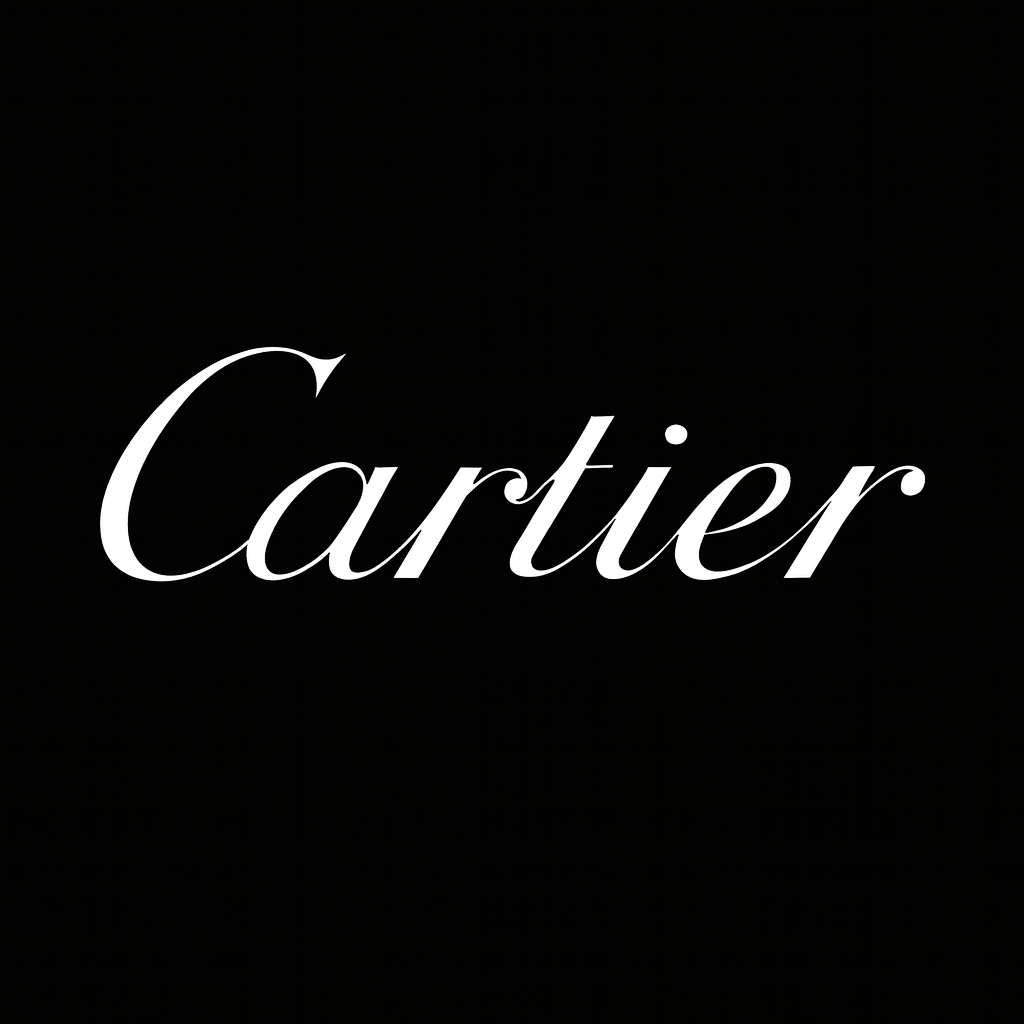
Brand Equity (Aaker’s model)
Brand valuation started becoming common in the 1970s and 1980s. At that time, it was agreed that brands were part of a company’s assets and could be quantified and traded in the market.
Companies like Interbrand were among the first to create methods for answering the big question: “How much is your brand worth?”
Even today, many managers and investors still think of brand valuation mainly in financial terms: How much income does the brand generate? How much sales has it achieved? What share of the market does it hold?
In the late 1980s, Peter H. Farquhar introduced another perspective. He published an influential paper where he used the term Brand Equity. In his "Managing Brand Equity" paper he explores how the value of a brand can be leveraged through different extensions, and his concepts are still used in the field of branding and marketing strategy.
Although Farquhar was the first to use the term brand equity, it was David Aaker who explained this concept in depth; he studied many companies and brand models and eventually concluded that brand equity can be measured using ten main factors. He called this framework “Brand Equity Ten”.
Let's go through the ten factors:
- Price Premium: Imagine two identical products, one with a brand name and one without. How much higher can the branded product be sold for?
- Satisfaction / Loyalty: Are customers happy with the brand and loyal to it? & How often do they come back to buy again?
- Perceived Quality: When a product carries a brand name, what do people think about the quality of that product?
- Leadership / Popularity: To what extent do people and customers believe that this brand is a pioneer in its market? If this brand takes a new initiative or introduces a new product, how likely is it that people will see it as the future direction or trend of the industry and follow it?
- Perceived Value: Compared to competitors, does this brand create more value for you? Would you be willing to pay for it instead of choosing other brands?
- Brand Personality: Does the brand have an attractive personality for its audience? Can people describe it? Does it have a strong, clear image in their minds and a deep history?
- Organizational Associations: How do people view the company behind the brand? Do they feel proud of being connected to it?
- Brand Awareness: How well-known is the brand? Do people recognize it and recall it?
- Market Share: What percentage of the market does the brand own?
- Market Price and Distribution Coverage: If we know the average price in this industry, where do the products of this brand stand? Higher than average? Around average? Or lower than average?
As you can see, Aaker listed almost every possible factor. His point was that to measure brand equity, you should evaluate all these factors and combine them together. Still, while Aaker argued that all these factors are measurable, we know that in practice it’s not that easy! Measuring them properly can be very complex.
When it comes to deciding how important each factor is, or how to combine them, there is no single answer. Aaker suggested that you should decide based on your industry, your product, and your business needs.
In the end, he highlighted two key points:
- If you had to measure brand equity with only one factor, the best choice would be Price Premium, because it clearly shows how much extra value a brand adds compared to a generic product.
- Instead of using all ten factors, brand equity can also be measured with four main ones: perceived quality, loyalty, perceived value, and brand awareness.
These were Aaker’s takes on brand equity. In my next post, I’ll break down Kevin Keller’s model (the one you’ve probably heard about most).
By
October 5, 2023
.png)
.png)



